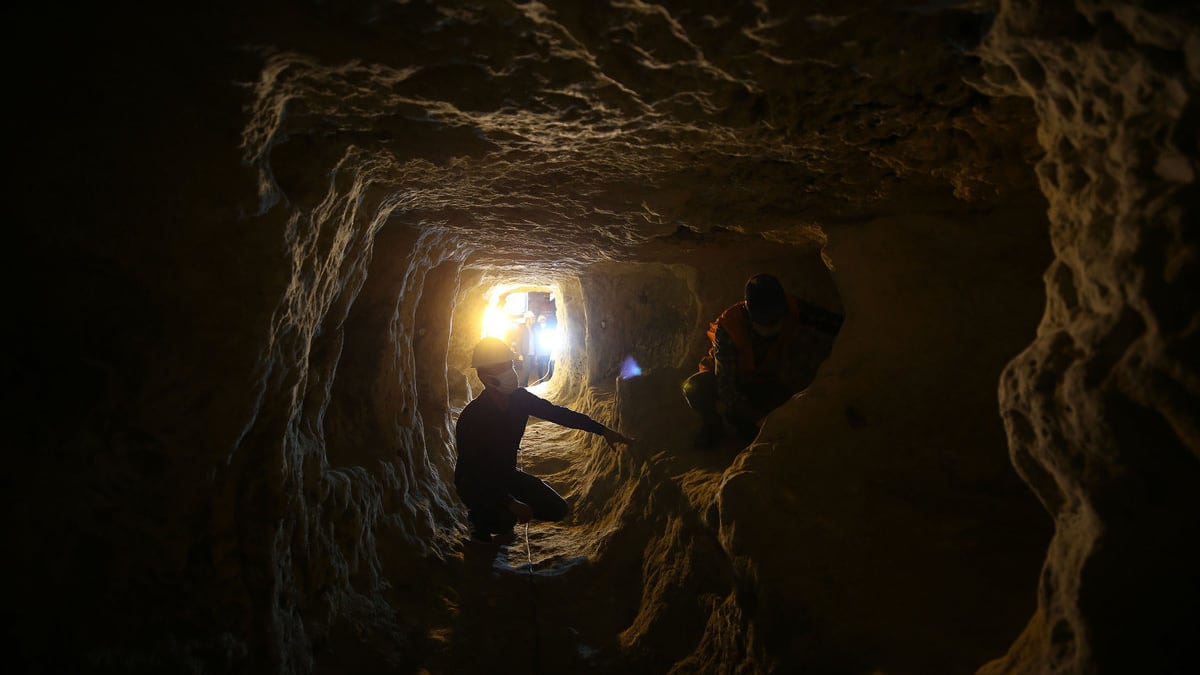Travel
Halil Ibrahim Sincar/Anadolu Agency via Getty Images
Turkey’s Ancient Underground City Isn’t What Everybody Says It Is
HOLD ON A SEC
Archeologists in Turkey have discovered an almost 2000-year-old underground city that may have housed up to 70,000 people.





